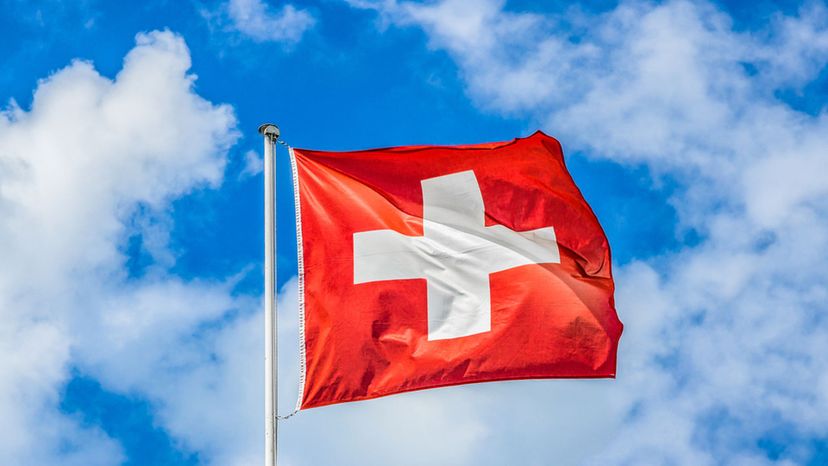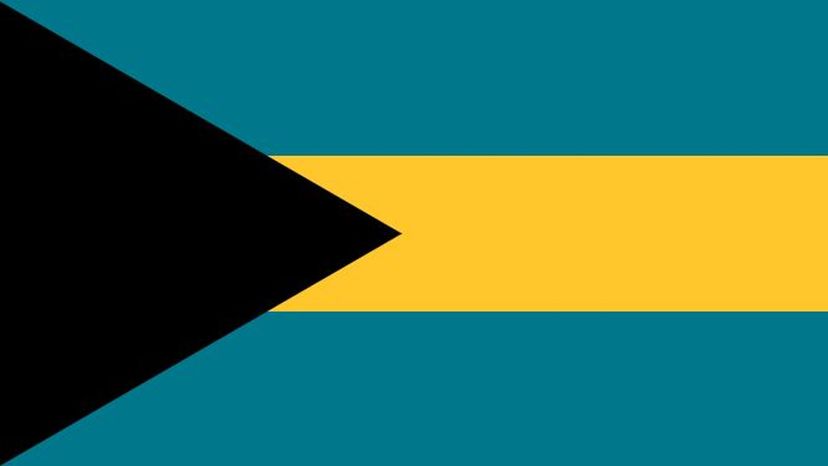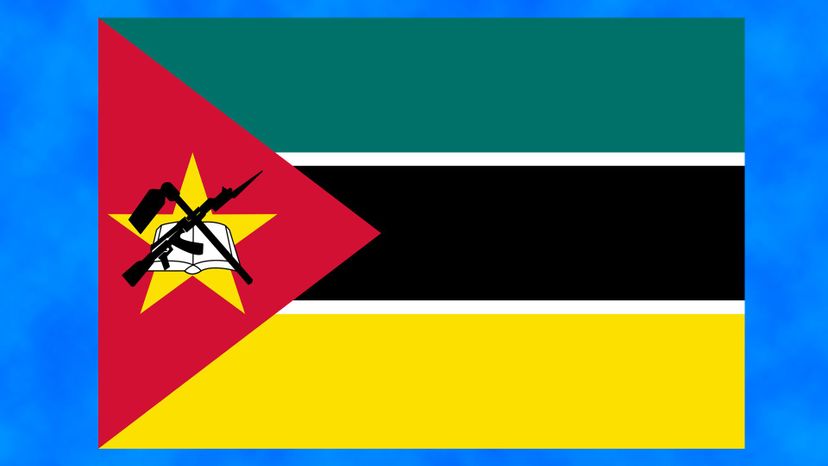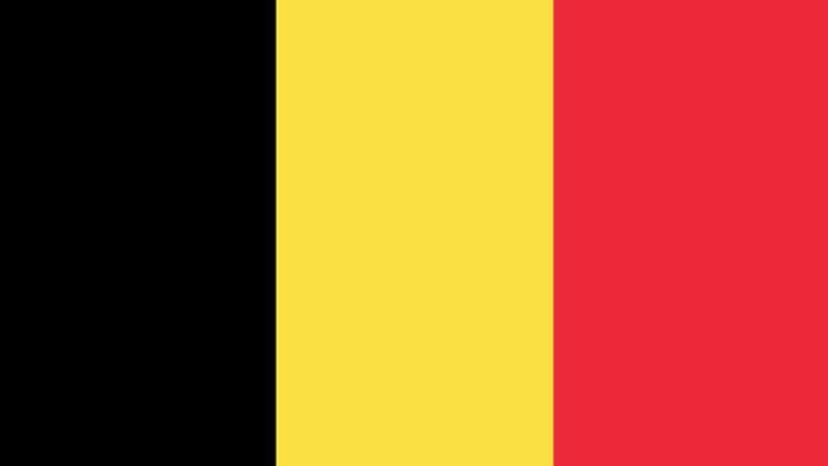
About This Quiz
The purpose of a national flag is to represent a nation at large. Sounds like a pretty big job! Do you think you can correctly match these 40 flags to their countries in this quiz?
Before flags achieved their high status, they were used in the military as a means of identification during a war. Flags were also commonly used for identification at sea, being flown from ships. Fun fact - when flown at sea, national flags are called "ensigns."
Flags being used to represent a country as a whole came much later. In fact, most European countries didn't even adopt a national flag until the 19th century! But, even then, national flags weren't commonly seen outside of government use. It wasn't until the idea of nationalism became widespread that flags began to be displayed in non-official contexts.
Because national flags are meant to represent a nation, it's very common for a flag to be changed after an important event in a country's history. For example, independence or the end of a war.
Everyone knows at least a handful of flags but can you identify 40 of them? We hope our quiz doesn't raise any red flags for you! If you're ready to test your knowledge, then let's get started!

The Union Jack is a combination of the three crosses of the patron saints of England, Ireland and Scotland. Wales was part of England at the time the flag was designed, which is why it's not represented in the flag.

Japan is commonly known as the "Land of the Rising Sun.†Its flag represents that nickname quite well, since the red circle represents the sun.

There are varying meanings attributed to the colors of the French flag. One states that red and blue were the traditional colors of Paris and that white was the color that represented the king!
Advertisement

The flag of Argentina has multiple interpretations but a popular one is that it represents the sky (blue), clouds (white) and sun. The sun featured on the flag is called the "Sun of May†and was also used on the very first Argentine coin.

Did you know that Nigeria's flag was designed by a 23-year-old student? The green stripes represent the country's natural wealth and the white stripe represents peace.

Did you know that there have been 27 different versions of the Star-Spangled Banner? Some other nicknames for the flag include "Old Glory†and "Stars and Stripes.â€
Advertisement

The red on China's flag symbolizes the communist revolution in the country. The stars - particularly the position of four small stars surrounding a bigger star - symbolize unity around the Communist Party of China.

The Swiss flag is one of the only two square national flags (the other one is the flag of Vatican City). The cross and red-and-white color scheme inspired the Red Cross symbol!

The blue stripes symbolize the stripes on the Jewish prayer shawl - the Tallit. The Jewish symbol in the center is called the Star of David or Shield of David.
Advertisement

A common Portuguese nickname for the flag is "A Auriverde†which means "The Yellow and Green One.†The words on the flag are "Ordem e Progresso†(Order and Progress), the national motto of Brazil.

The three colors on the flag of Germany are said to represent democracy, and the current flag was put into use after the country's reunification. There's a variant flag that features a simplified version of the German coat of arms.

The cross on the Swedish flag is called the Nordic Cross and it traditionally represents Christianity. The flag also drew inspiration from Sweden's coat of arms and the Danish flag.
Advertisement

The flag of India is locally referred to as the "Tiraá¹…gÄ,†which means "tricolor.†The Indian flag, by law, must be made of khadi - a type of cloth that is spun by hand!

There were two periods of time when Puerto Rico's flag wasn't allowed to be used. The Spanish flag, and later the American flag, were - at separate times - the only ones allowed to be flown in the country.

There are many interpretations of the Italian flag. One of the most popular states that green represents the country's lush landscape, white represents the Alps, and red represents the bloodshed that occurred in wars in the country.
Advertisement

South Korea's flag is called the "Taegeukgi.†The symbol in the center - the Taegeuk - represents balance, and the four black trigrams represent the classical elements of heaven, earth, fire and water.

The red in Peru's flags symbolizes blood spilled during battles and wars. Though not included in the current flag, almost every previous version of the Peruvian flag included imagery of Inti, the Incan sun god.

In the flag of Pakistan, green represents Islam and the white stripe represents minority religions. The overall symbolism of the flag is of the country's commitment to Islam, while still respecting the rights of other religions.
Advertisement

South Africa's flag is a combination of two previous ones, and was created to represent a new era of harmony and democracy after a period of racial segregation. The "Y†shape symbolizes the unity of cultures in the nation.

Did you know that the three stars represent the Philippines' three major island groups? Also, when the flag is flipped upside-down so that the red stripe is on top (as shown in the picture), it's an indicator of a state of war.

The Turkish flag is adopted directly from the last flag of the Ottoman Empire. Locally, the flag is sometimes called "al sancak†or "al bayrak†(the red banner/flag, respectively).
Advertisement

The Australian flag has several distinct parts. It contains the Union Jack, a large seven-pointed star below it representing the Commonwealth, and five other stars that represent the Crux (a.k.a. Southern Cross) constellation.

Did you know that the flag of Nepal is the only national flag that is not quadrilateral in shape? The sun and moon symbols are said to represent a hope that the country will be as long-lived as those celestial bodies!

The flag of Canada is often unofficially called "l'Unifolié,†which means "the-one-leafed†in French. There's also an annual holiday celebrated in honor of the flag; National Flag of Canada Day!
Advertisement

The Mexican coat of arms is a very important aspect of the country's flag. it's inspired by a legend that wandering Aztecs saw an eagle eating a serpent while sitting on a cactus and decided to build their city, Tenochtitlan (now Mexico City) there.

This has been Russia's flag before (1696 to 1971). The country changed it during communist rule and readopted it in 1991 after the breakup of the Soviet Union.

As the country was about to gain independence from Britain in 1973, a competition was held for a design of the new nation's flag. The "winner†is actually a combination of ideas which the competition generated.
Advertisement

There are more than 400 islands in the archipelago that makes up a part of Denmark. Among them, Zealand is the largest but it is not from where New Zealand gets its name. That honor belongs to the Dutch province of Zeeland.

The Islamic declaration of faith, or the shahada, is the writing you see on Saudi Arabia's flag. Law dictates that the flag should be manufactured in such a way that the shahada reads in the correct order no matter which side of the flag is viewed.

That AK-47 on Mozambique's national flag really lets it stand out among all the other national flags in the world. No other flag has an assault rifle on it. The AK-47 symbolizes both defense and vigilance - two very important ideas from the country's road to self-government.
Advertisement

You may have to do a double-take if you see the flags of the Netherlands and Luxembourg side by side. They look almost identical. Take a close look, however, and you'll see that Netherlands' flag has a darker shade of blue than Luxembourg's sky blue.

Kenya, in East Africa, is roughly the same area as Texas in the U.S. The world's largest land animals all call Kenya home - they include rhinos, the hippopotamus, leopards, lions, buffalo, giraffes and elephants!

The blue and white stripes on the Greek flag are said to symbolize the beauty of the sky and sea around this idyllic country. The flag is said to have nine stripes in recognition of the nine letters in the Greek word for "freedom†in the country's motto, "freedom or death.â€
Advertisement

Want to know if the king of Belgium is actually in the country? Just look for the flag! Royal palaces will often not fly the flag on occasions when he is abroad.

Both the red color and five-point star in the Vietnamese flag are greatly symbolic for its citizens. The red is a reminder of Vietnam's communist past, while the star embodies Vietnam's five main social classes - farmers, workers, businessmen, intellectuals and military personnel.

Red, white and blue are very popular colors when it comes to flag design. That makes Jamaica's black, green and gold flag stand out since it is only national flag that does not have any red, white or blue in it.
Advertisement

It is not uncommon for persons to mistake the Irish flag for that of the Cote d'Ivoire. Both are tricolors with vertical bands of green, white and orange but with the order reversed.

Evidence of the Soviet Union occupying North Korea can be seen in the country's past flag which was red with a hammer and sickle, and a five-point star. That star is often said to be repeated on the modern flag as a symbol of the North Korea's communist past.

The Holy See, as Vatican City is also known, has one of the world's only two square national flags (Switzerland has the other). Few people realize that the crossed keys on the Vatican City flag are meant to represent the Keys of Heaven and are called "The keys of Saint Peter.â€
Advertisement
